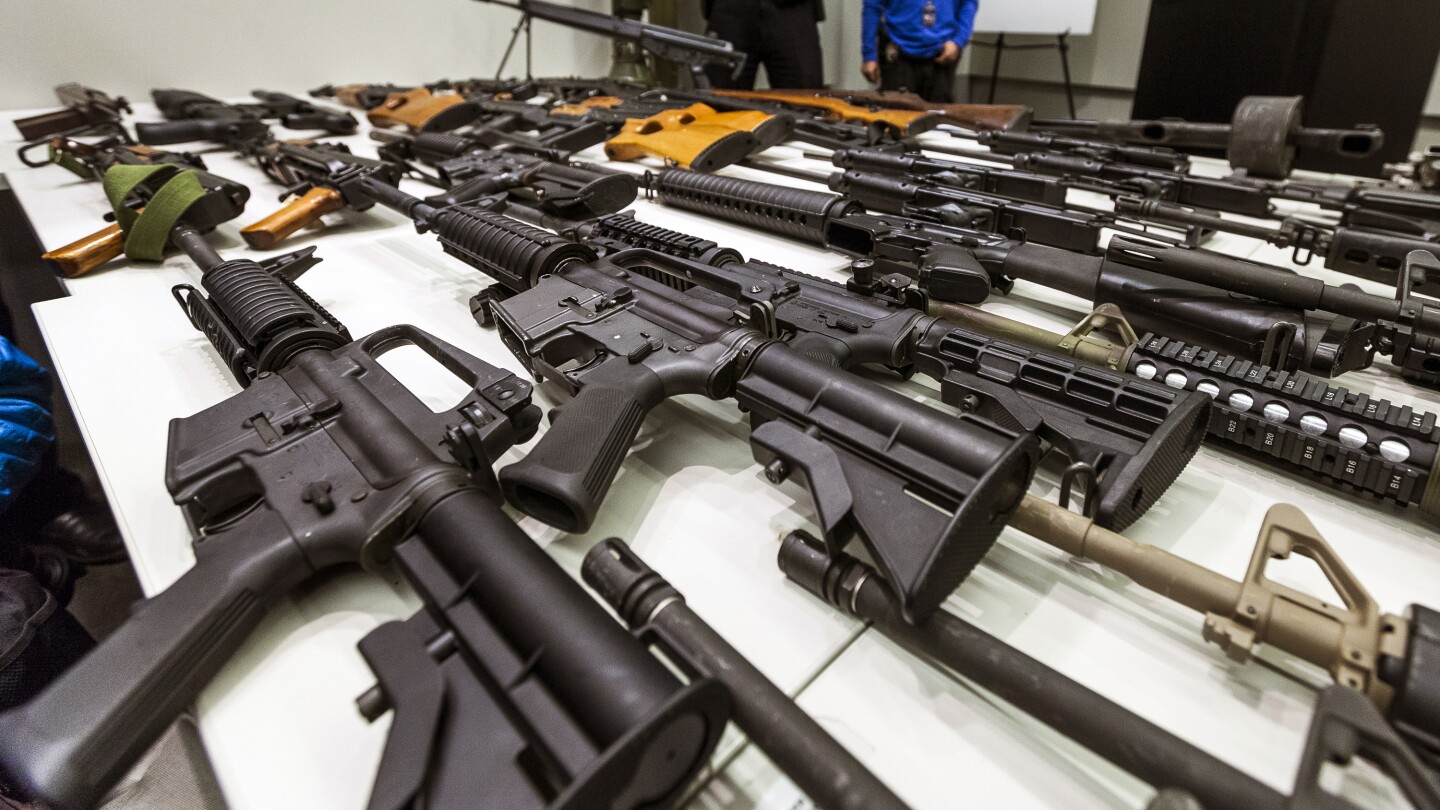California cannot ban gun owners from having detachable magazines that hold more than 10 rounds, a federal judge ruled Friday.
The decision from U.S. District Judge Roger Benitez won’t take effect immediately. California Attorney General Rob Bonta, a Democrat, has already filed a notice to appeal the ruling. The ban is likely to remain in effect while the case is still pending.
This is the second time Benitez has struck down California’s law banning certain types of magazines. The first time he struck it down — way back in 2017 — an appeals court ended up reversing his decision.



We’ve already done the research on mass shooters and understand how to address the problem - it’s a multi-faceted, systemic approach.
So, naturally, neither party is willing to make any progress on it.
Summarised by Chat GPT:
The article is an interview with two professors, Jillian Peterson and James Densley, who have conducted a comprehensive study on mass shooters in the US. They have created a database of every mass shooter since 1966 and interviewed some of them, as well as their families and friends. They have also talked to people who planned a mass shooting but changed their mind.
The main findings of their research are:
The article also discusses the challenges and implications of their research, such as: